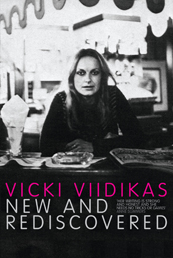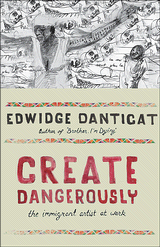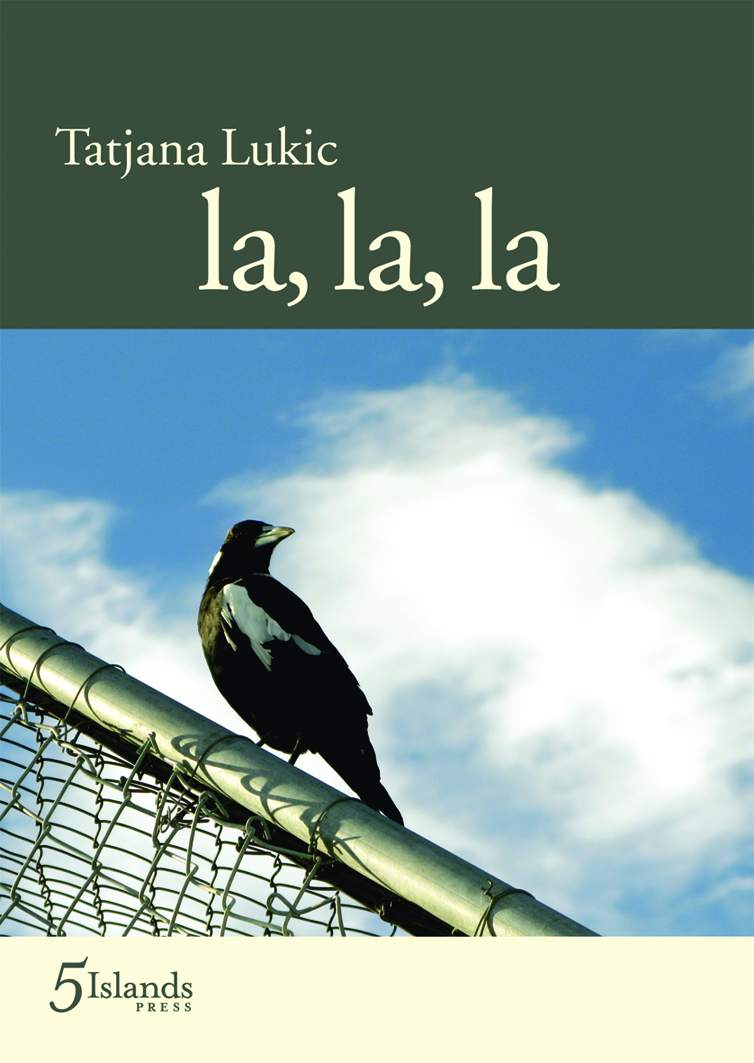Anna Ryan-Punch reviews “Porch Music” by Cameron Lowe
 Porch Music
Porch Music
by Cameron Lowe
December 2010
ISBN 978 0 9757762 7 8
REVIEWED BY ANNA RYAN-PUNCH
Cameron Lowe’s first book of poetry, Porch Music, showcases his ability to deftly navigate both the natural and the surreal in this striking collection.
The book is divided into two sections. The first, Balloon Days, is a series of sometimes intensely personal poems, and highlights Lowe’s admirable talent for elevating the domestic to the unheimlich. These pared-back pieces are deceptively accessible, but can alter our gaze with a single word; push our perspective from the ordinary to the extraordinary.
Easy is perhaps the most minimalist example of this. The poem opens with a very simple image, depicted monosyllabically: ‘You wake with her hand/on your back’. The following two couplets continue in this vein, but the final three lines transform this pure image: ‘her hand is a thing known/without turning,/a thing, a small easy thing.’ Great import is brought to a small moment, without the need to add further images.
Sardines takes disparate images and weaves them together in a unexpected and complementary fashion. It throws us from the abstract notion of an economics of emotion to the oddly olfactory image of sardines, and back again:
and let’s call that love
following a free market model
in which emotions float deregulated
like a tin of sardines in brine,
always ready on the counter
for a quick and easy sale, or
a sudden move in interest rates
that leaves us hopeless in denial.
The poem forms a neat, hard whole, juxtaposing ordinary images to create profound strangeness.
Counting is a more narrative poem than many in the collection. The initial taciturnity of the poem’s subject will be familiar to anyone with a reticent father or grandfather:
There were things learnt and taught of course,
outside things; to turn a sheep for crutching
and an ease with dogs, an understanding
that much in life is better left unsaid.
But the final stanza moves the poem into another realm:
…speaking of things left unspoken,
the shrill screaming of shells
in the jungle and the warm
welling blood, or our need,
deep in the night, to love.
There is admirable delicacy in this exploration of what lies behind stoicism; moving us as readers from comprehension to true understanding.
While Lowe’s skills in traversing the romantic and beautiful are a highlight, there is also a sly humour and practicality that curls through these poems. Lowe’s level-headed attitude locks onto the absurdity of the ordinary, and plaits humour and romance into something that is often as moving as it is funny.
Summer is perhaps my favourite example of this. It is essentially a love poem to summer channelled through that humble Australian symbol of the season – the barbequed snag: ‘The smell of sausage on the wind/from a distant backyard brings you erect’. We are displaced as readers by the evocative commercial images:
…wetsuits slide like quicksilvers
towards the waiting water, which viewed
through a screen is as beautiful as a bottle
of Coke and just as sweet.
The successful marriage of absurdity and truth in the final lines gives “Summer” a lovely tension between humour and beauty:
…As the day’s
heat softens into an evening there’s that
sausage again, adrift on the hot breeze,
whispering: it’s summer, it’s summer.
“Self-portrait” also displays Lowe’s trademark dry humour. But in this poem, it is less explicit; captured in surrealism (one of several poems that nicely anticipates the pieces in the second part of the book):
Note how my hairstyle resembles the 3rd Apostle
at Port Campbell – see
through heavy fog –
and how the moth circling the lamp becomes a dog
chewing an old bone then the telephone rings:
it’s you
and I turn into a postcard,
my mouth shaped like a tourist’s smile
a sort of distant, disremembered quote.
The notions of appearance and façade in this poem are intriguingly rendered – a hairstyle appears as a rock formation; a spinning moth throws up an image of teeth gnawing; a fake grin becomes cardboard. The ordinary is once again extrapolated into the strange and new.
Like the title of the first section of the book, Lowe’s poems often rise like balloons. His brief pieces are imagistic in nature, filled with the ‘clear edges’ that Pound advocated. But Lowe’s touch is with the soft, rather than ‘hard light’ of imagism. The nature of light itself threads throughout the poems, as do images/landscapes associated with it: sea, summer, mirrors. While this lightness of touch accentuates the quiet power of the more successful pieces, it leaves others (eg. A Sunday, Another Sunday, Paling Fence) feeling a little slight. They remain as ‘images presented’: evocative, but stopping short of the full transformative exploration that characterises the better poems.
The first half of Porch Music is, admittedly, the ‘easier’ half. The second section, The Corrosive Littoral, is a series of poems based on paintings by Australian surrealist James Gleeson. While they stand alone as poems in their own right, I found it more revealing to look up each painting, and read the painting and poem in tandem, with the book held next to the screen. To flick our gaze back and forth creates a dialogue between painting and poem, a language which locates each within the other. The Corrosive Littoral poems are mostly prose poems; dense, highly imagistic and often playful. On occasion they read too much as a pure descriptive of the painting (eg. Spain); they can feel like a walk around the story of the canvas without elevating response into interpretation:
…And you, her lover
stood above her as she lay there, stood and walked and
passed her by. And leading you on, to distant
mountains shaped like a sleeping man, were the hooded
ones…
But the more successful poems in the Corrosive Littoral section are among the most striking in Porch Music. We inhabit the corrosive littoral throws up images reminiscent of From Here To Eternity:
Practice love on this beach in the old-fashioned way:
they’ll make a movie if the price is just right…
The painting is thus made familiar to us, and then Lowe makes it natural:
Under extremes, he
explains with clouds in his brain, the algebraic sum of
all things: in a cyclical process the answer returned is
always something or none. Even so, she whispers, we’re
falling apart.
Making the surreal into something personal is the achievement of this part of the book, and one that Lowe’s down-to-earth style is made for. In a way, The Corrosive Littoral is the reverse of the Balloon Days section of the book – the second half takes the unheimlich and makes it heimlich.
A standout poem in the second section is “Congratulations on the maintenance of an identity” (a play on Gleeson’s painting titled “Coagulations on the maintenance of an identity”). Notions of father, son, woman and child interplay throughout the poem to create an effect that not only leads us through the painting, but lifts it into something that raises goosebumps:
…For the
man there is a dream of blue sand and even though
long dead there the child still stands, holding a string to
the deep-diving moon that does not stop. Don’t cry Dad,
I said, seeing in his face my face and feeling the shame
of a father’s tears and the shame of having cause those
tears. Dad the moon doesn’t stop…
The notions of confusion between child and adult, woman and man, the ‘maintenance of identity’ in both are delicately layered in this poem.
Porch Music is a quietly complex collection – a book that understands the humorous divide between city and country, the oddity of domestic turning to exotic, and the easy slide from the organic to the strange. It is a book that is by turns accessible and difficult – a collection of consistency and contradiction.
ANNA RYAN-PUNCH is a Melbourne poet and reviewer. Her previous publications include poetry in Overland, Westerly, Island, The Age, Quadrant and Wet Ink.

 The Domestic Sublime
The Domestic Sublime New and Rediscovered
New and Rediscovered
 Create Dangerously: The Immigrant Artist At Work
Create Dangerously: The Immigrant Artist At Work The Mary Smokes Boys
The Mary Smokes Boys.jpg) Readings from Wheeling Motel
Readings from Wheeling Motel
